Growth of U.S. B2B Exhibition Industry Continues
September 12, 2024 02:00 PM Eastern Daylight Time
DALLAS–(BUSINESS WIRE)–The Center for Exhibition Industry Research (CEIR) announced today the U.S. business-to-business (B2B) exhibition industry experienced a minor slowdown following a strong first quarter in 2024. Modest performance of metrics for completed events – especially in exhibition attendance – set back the Q2 2024 Index value to 87.7 after a record 92.3 in Q1 2024. The CEIR Total Index – a measure of overall exhibition performance – lost 2.3 percentage points compared to Q2 2023.
“The exhibition sector’s recovery has been uneven over the past year, but the economic environment should support further improvements.”Post this
Performance registered 12.3% below the same period in 2019, marking a slight loss compared to the past year, which included a 10.0% shortfall in Q2 2022. The Q2 CEIR Total Index lost 5.0 percentage points compared to Q1 2024.
Figure 1 illustrates exhibition industry performance for events occurring between Q1 2022 and Q2 2024, compared to the same quarter in 2019. The latest results for Q2 2024 show a slight downturn relative to the first quarter of 2024, despite an uptick in economic performance. However, among all events in the Index sample, 44.3% have surpassed their pre-pandemic CEIR Total Index performance. This represents a jump from Q2 2023 when only 20.5% of events held in that quarter surpassed 2019 results.
The cancellation rate for in-person events remained low at 1.0%, on par with the cancellation rate during the same quarter in 2023 and significantly lower than the cancellation rate of 2.2% in Q2 2022.
Figure 1: Quarterly CEIR Total Index, 2019=100, 2022-2024
“Economic growth is expected to be slower next year, but with strong household balance sheets, a gradual upswing expected in business investment, and moderating inflation, we anticipate a favorable context for moderate exhibition sector growth,” said Adam Sacks, President of Tourism Economics. “The exhibition sector’s recovery has been uneven over the past year, but the economic environment should support further improvements.”
Q2 2024 CEIR Metric Performance
Among the four components of the Total Index, the Net Square Feet (NSF) metric has recovered the most, falling behind the 2019 benchmark by 6.6%. The Attendees metric follows at 12.6% below Q1 2019. Exhibitor participation has been slower to recover, with a shortfall of 13.9% relative to 2019, and Real Revenues (inflation-adjusted) have been the slowest to recover from Q1 2019, with a shortfall of 15.9%.
Comparing the results to Q1 2024, we see that despite the performance being lower than what was recorded at the beginning of the year, the relative performance of the metrics remains the same; NSF remains to be the strongest metric, while Real Revenues is the weakest.
Figure 2: Q2 2024 CEIR Metrics Relative to Q2 2019
“The latest data shows the B2B exhibition industry is making steady progress in its recovery, with key metrics all trending in the right direction, albeit at varying paces,” said IAEE President and CEO Marsha Flanagan, M.Ed., CEM. “We remain cautiously optimistic about the industry’s ability to fully rebound to pre-pandemic levels in the near future.”
The U.S. Economy: Trending towards a “soft landing”
The CEIR Index results are consistent with overall economic performance, which shows a slowdown but no signals of a recession. Measures of consumer confidence have generally softened and business sentiment has whipsawed due to current events that generated unfounded pessimism about the economy.
The unemployment rate ticked up to 4.3% in July from 3.5% last year but remains at a historically low level. The increase has been primarily driven by increases in the labor force participation rate which will put less pressure on wages (and inflation) moving forward.
As expected, GDP growth accelerated to 2.8% in Q2 2024 which is a good sign for the economy, signaling strength, and also improving the outlook for the CEIR Index in the second half of the year.
Oxford Economics’ business cycle indicator (BCI) which tracks growth in key coincident indicators, looks set to remain firmly in “slowdown” territory, but still well above levels that would be consistent with a recession (Figure 3). While manufacturing remains in a soft patch and housing market activity remains depressed amid elevated interest rates, we expect some of these pressures will abate as the Federal Reserve begins its rate-cutting campaign in September, though it will take time for lower borrowing costs to work through the sectors. However, near-term tailwinds from fiscal policy and the end of the destocking cycle should support business activity.
Figure 3: Oxford Economics’ U.S. Business Cycle Indicator
Consumer spending rose at a solid pace in June. We expect this to continue through the remainder of the year as real income growth rises against a backdrop of strong household balance sheets, even amid an uptick in the unemployment rate. Strong underlying retail sales in June suggest real consumer spending rose close to 2.0% annualized in Q2. Gas station sales declined due to lower gas prices and a widespread cyberattack on auto dealerships impacted auto sales but spending in almost every other category rose strongly on the month.
Figure 4: Real Personal Consumption
Despite airport checkpoint volume surpassing pre-pandemic levels, hotel demand has plateaued about 2.0% below pre-pandemic levels (Figure 5). The robust growth in U.S. residents traveling internationally is a key reason hotel demand has not recovered at the same pace as airline travel. More Americans than ever are taking trips outside the country, but international tourist arrivals have yet to reach pre-pandemic levels, resulting in a net loss of about 3% of U.S. hotel demand.
Figure 5: Hotel Demand and Airport Checkpoint Volumes
About CEIR
The Center for Exhibition Industry Research (CEIR) serves to advance the growth, awareness and value of exhibitions and other face-to-face marketing events by producing and delivering knowledge-based research tools that enable stakeholder organizations to enhance their ability to meet current and emerging customer needs, improve their business performance and strengthen their competitive position. For additional information, visit www.ceir.org.
About Oxford Economics
Oxford Economics is one of the world’s foremost independent global advisory firms, providing reports, forecasts and analytical tools for 200 countries, 100 industrial sectors and over 3,000 cities. With our Tourism Economics subsidiary, we deploy best-in-class global models and analytical tools to forecast external market trends and assess their business impacts. Headquartered in Oxford, England, with regional centers in London, New York, and Singapore, Oxford Economics has offices across the globe, employing over 600 full-time staff and one of the largest teams of macroeconomists and thought leadership specialists. Learn more at www.tourismeconomics.com/ www.oxfordeconomics.com.
Contacts
Media Inquiries:
Mary Tucker
Sr. Communications & Content Manager | CEIR
+1 (972) 687-9226
mtucker@ceir.org
Geena Bevenour
Marketing Manager | Tourism Economics, An Oxford Economics Company
+1 (610) 995-9401
gbevenour@oxfordeconomics.com
source link – https://www.businesswire.com/news/home/20240912689176/en


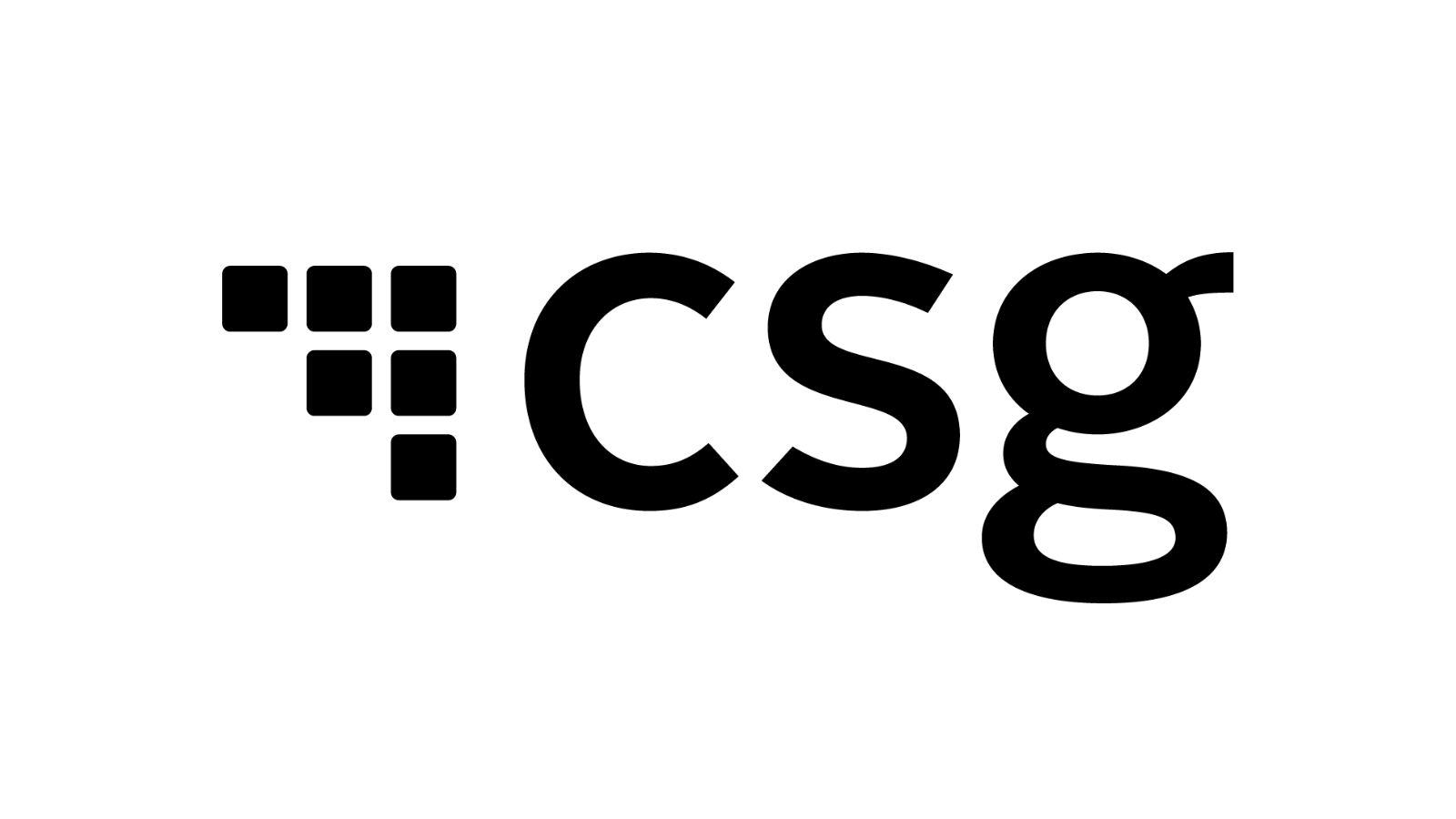
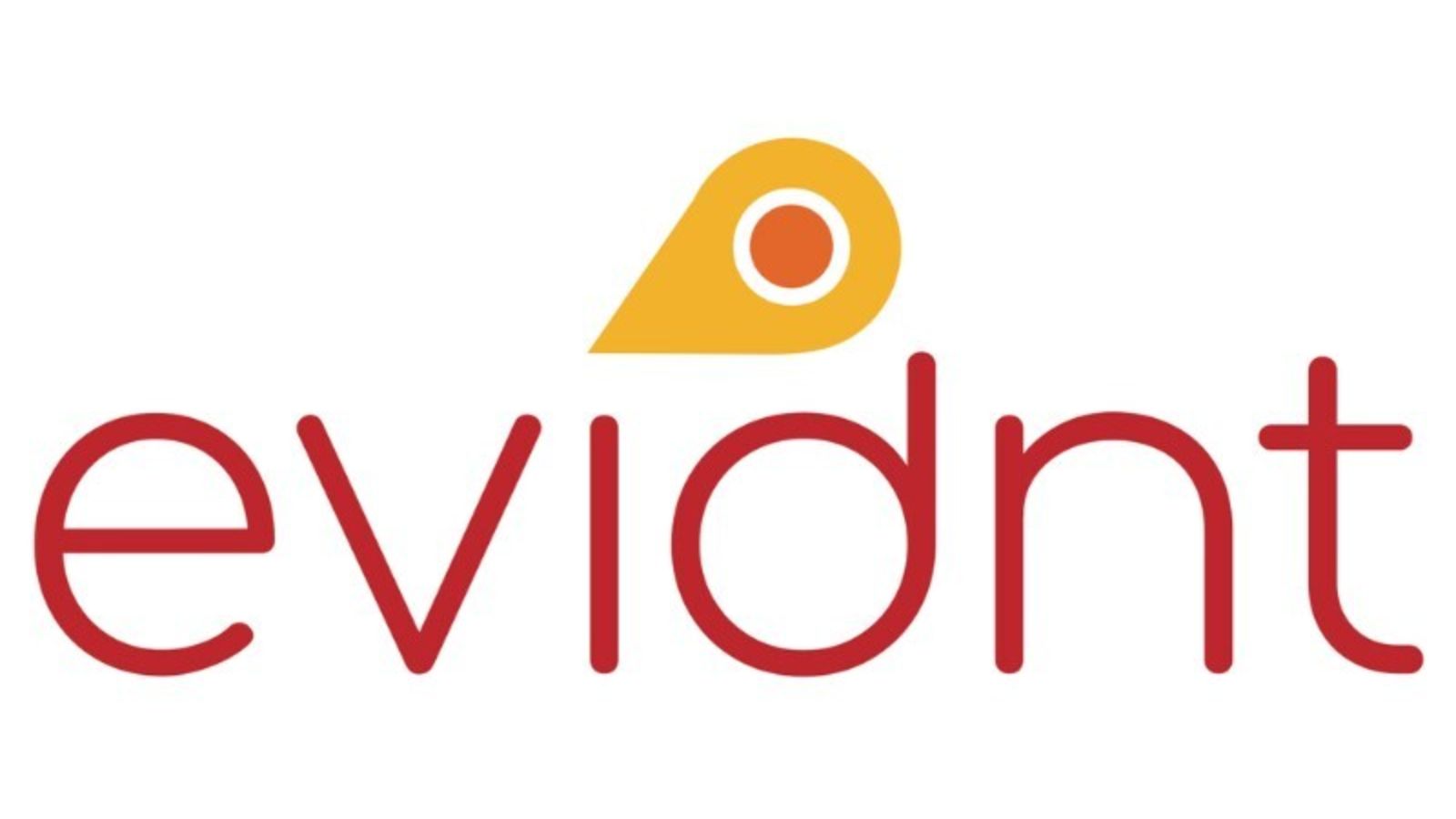
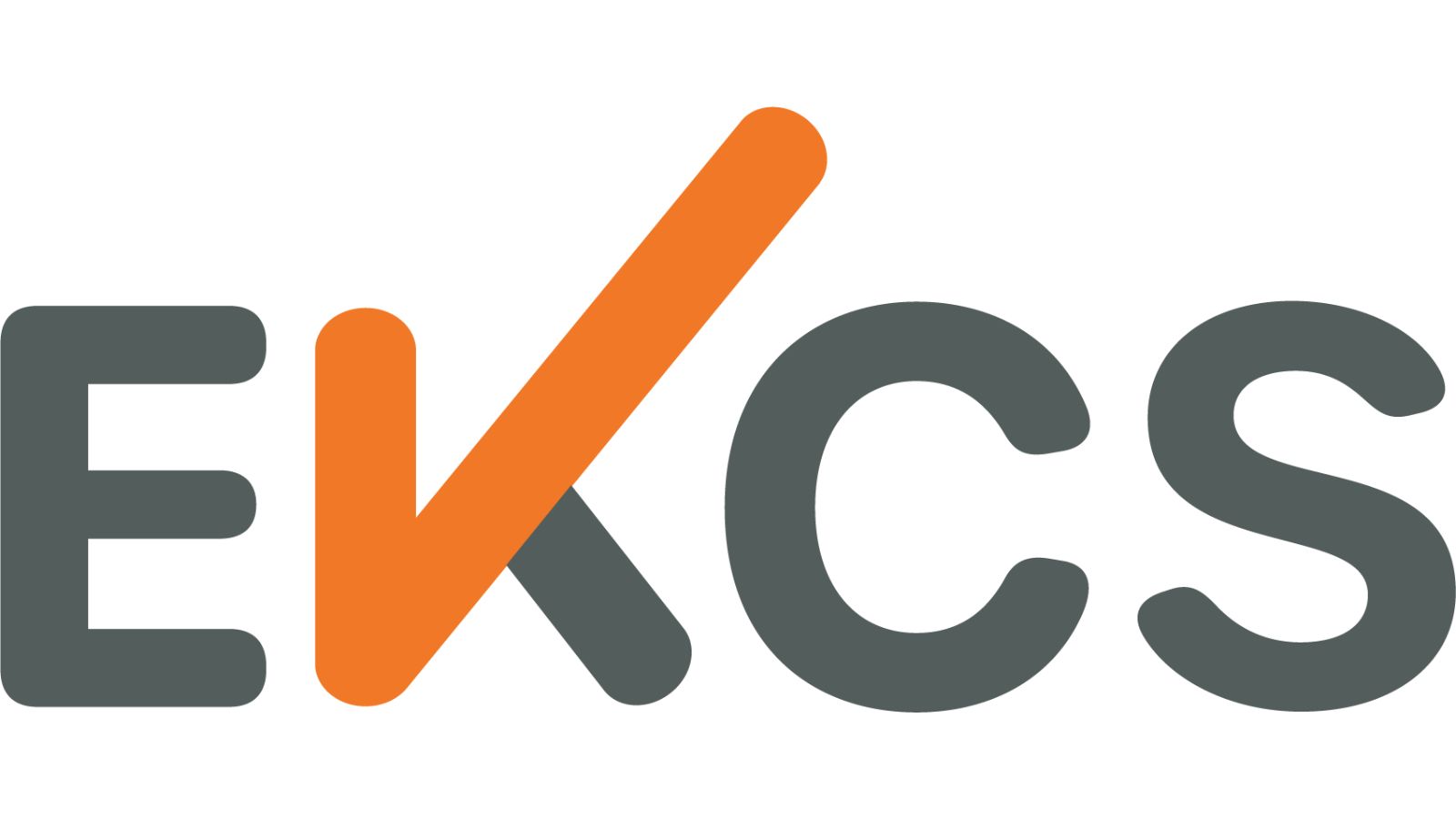
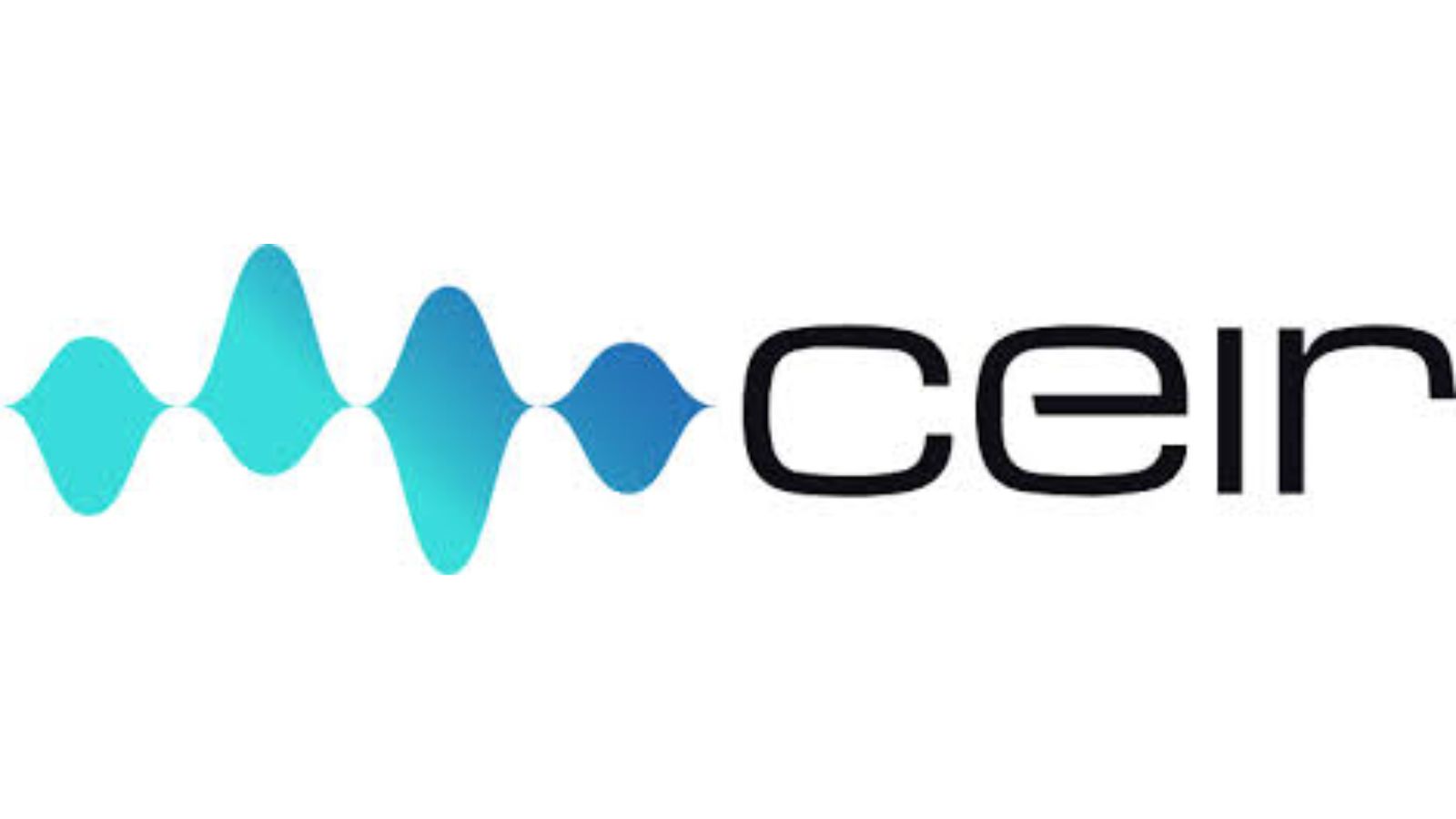


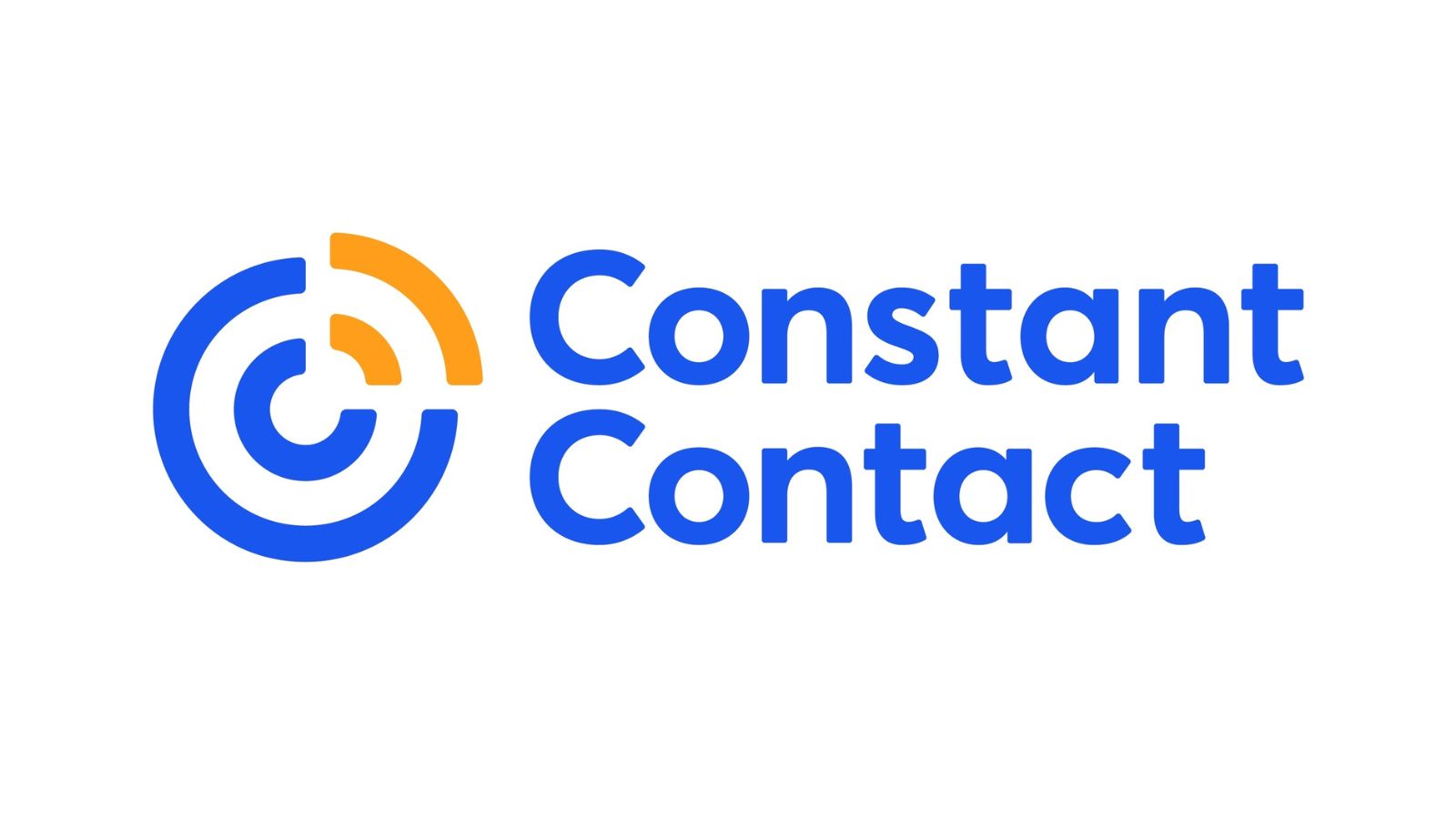


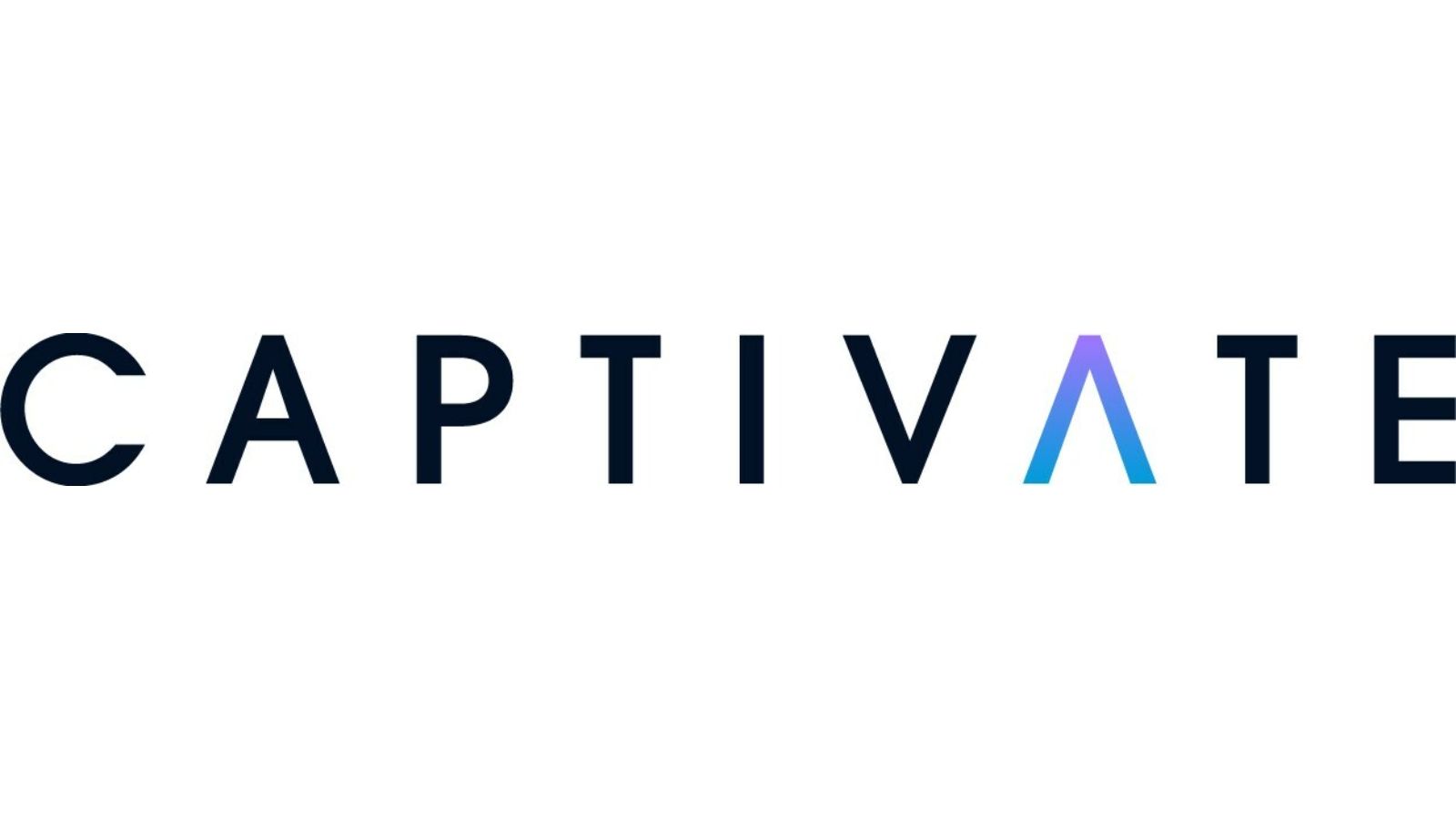
Leave a Reply